Unlocking the Fascinating and Controversial World of Yaoi and Yuri in Anime Culture

The genres of Yaoi and Yuri hold a distinctive and provocative place within anime culture, beckoning explorations of romantic and sexual relationships between male and female same-sex couples, respectively. These genres are woven with the complex threads of societal norms, individual identity, and cultural expression, making them a magnet for both ardent fandom and critical controversy.
Rather than mere entertainment, Yaoi and Yuri anime often serve as a mirror reflecting the multifaceted views on LGBTQ+ themes across different societies and generations. The portrayal of such relationships in anime ranges from the innocent and idealized to the explicit, with narratives that range from the sweetly romantic to the achingly tragic, providing a rich tapestry for discussion and analysis.
The consumption of these genres outside Japan also opens conversations about Western interpretations of non-heteronormative storytelling, adding yet another layer to their fascinating position within both global pop culture and the broader dialogue on sexuality and gender representation.
Introduction
Anime, a style of animation originating from Japan, has garnered massive global recognition for its distinct art style, compelling storylines, and complex character development. In particular, the emergence of Yaoi and Yuri as popular sub-genres has brought forth a new dimension in understanding relationships and gender roles within this animated universe. But what exactly are Yaoi and Yuri?
What is Yaoi and Yuri?
Yaoi, also known as Boys' Love (BL), is a genre that features romantic or pseudo-romantic homosocial relationships between male characters. On the other hand, Yuri, sometimes referred to as Girls' Love (GL), focuses on similar interactions but between female characters.
The term 'Yuri' translates to 'Lily' in Japanese, symbolizing the purity and beauty often associated with these female-female relationships. The counterpart for male fans of Yuri media is known as 'Himedanshi' which translates to 'princess boy'.
The Fascination with Yaoi and Yuri
The appeal of Yaoi and Yuri lies in their ability to depict a wide range of emotions and experiences through same-sex relationships. These genres provide a platform for exploring diverse narratives around love, friendship, acceptance, and identity, often breaking away from traditional heteronormative storytelling.
They facilitate discussions around gender roles and power dynamics, offering fresh perspectives on love and relationships.
The Controversy Surrounding Yaoi and Yuri
Despite their popularity, Yaoi and Yuri have been subjects of controversy. Critics argue that these genres often misrepresent LGBTQ+ relationships, relying heavily on stereotypes and fetishization.
They point out that Yaoi and Yuri, which are mainly produced by and for heterosexual audiences, often fail to accurately represent the realities of being LGBTQ+. Consequently, these portrayals may lead to harmful misconceptions and reinforce negative stereotypes about the LGBTQ+ community.
Exploring Yaoi in Anime Culture
History of Yaoi in Anime
Yaoi emerged in the 1970s as a sub-genre within shoujo manga (comics aimed at young girls). Initially, it was created by female artists who sought to challenge the patriarchal norms of society by portraying romantic relationships between men.
This allowed them to explore themes of love and sexuality outside the constraints of traditional gender roles. As the genre gained traction, it began to evolve, encompassing a wider range of narratives and character archetypes.
Themes and Tropes in Yaoi
Forced Relationships and Non-consensual Elements
A common critique of Yaoi is the prevalence of non-consensual elements and forced relationships.
These elements are often used as plot devices to create drama, tension, and conflict.
However, critics argue that such portrayals can normalize unhealthy relationship dynamics and contribute to the trivialization of sexual violence.
Exploration of LGBTQ+ Relationships
Despite its shortcomings, Yaoi has played a crucial role in bringing LGBTQ+ relationships into the mainstream anime narrative.
It provides a space for the exploration of same-sex relationships, queer identities, and the complexities associated with them.
Yet, it's essential to note that while Yaoi includes LGBTQ+ themes, it doesn't necessarily represent the real experiences of people within the LGBTQ+ community.
Emotional Intimacy and Romantic Tension
Yaoi is known for its emphasis on emotional intimacy and romantic tension. The narratives often center on the emotional journey of the characters, their struggles with their feelings, and how they navigate their relationships.
This focus on emotional dynamics is one of the reasons why Yaoi appeals to many fans, as it offers a departure from the often action-centric mainstream anime.
Examining Yuri in Anime Culture
History of Yuri in Anime
Like Yaoi, Yuri also has a rich history within anime culture. The genre emerged in the late 20th century, initially focusing on idealized relationships between young, often school-aged girls.
Over time, the genre has evolved to include a broader range of narratives and settings, appealing to a diverse audience of both men and women.
Today, Yuri encompasses a range of works, from 'pure' romance stories to more sexually explicit material.
Themes and Tropes in Yuri
Exploration of LGBTQ+ Relationships
Yuri provides a platform for the portrayal of female-female relationships, contributing to the visibility of lesbian relationships in anime. It explores various aspects of these relationships, including the challenges faced by the characters in accepting their sexuality, societal pressures, and the joys of being in love.
However, like Yaoi, Yuri is often criticized for catering to the male gaze and objectifying women for the titillation of its largely male audience.
Subversion of Gender Norms
Yuri often subverts traditional gender norms and roles. By focusing on relationships between women, it challenges the heteronormative narratives that dominate mainstream media.
This subversion is sometimes further emphasized through the inclusion of characters who defy conventional gender stereotypes, such as 'tomboy' characters or those who exhibit both traditionally masculine and feminine traits.
Female Empowerment and Agency
Many Yuri narratives revolve around themes of female empowerment and agency. These stories often portray their female characters as independent, strong, and capable individuals who are not defined solely by their relationships. They navigate their own lives, fight their own battles, and make their own choices, offering a refreshing perspective on female characters in anime.
The Impact of Yaoi and Yuri on Anime Culture
Representation and Visibility
Yaoi and Yuri have significantly contributed to the representation and visibility of LGBTQ+ relationships in anime.
They have introduced audiences to narratives that go beyond the conventional boy-meets-girl trope, providing a platform for the exploration of diverse relationships and identities.
This increased representation has been instrumental in normalizing LGBTQ+ themes within the anime community.
Community Engagement and Fanworks
The popularity of Yaoi and Yuri has led to a high level of community engagement and the creation of various fanworks, including fan art, fan fiction, and cosplay. These fan activities demonstrate the passion and dedication of Yaoi and Yuri fans and contribute to the thriving anime culture.
Influence on Mainstream Media and Pop Culture
Yaoi and Yuri have also had an impact beyond the realm of anime, influencing mainstream media and pop culture. Elements from these genres can be found in various forms of media, from TV shows to movies, demonstrating their far-reaching influence.
The Controversies Surrounding Yaoi and Yuri
Misrepresentation and Stereotypes
One of the major controversies surrounding Yaoi and Yuri is the accusation of misrepresentation and reliance on stereotypes. Critics argue that these genres often depict unrealistic and overly romanticized versions of same-sex relationships.
Moreover, they often adhere to heteronormative dynamics, with one partner assuming a more 'masculine' role and the other a more 'feminine' role, reinforcing rather than challenging traditional gender roles.
Fetishization and Objectification
Another issue is the fetishization and objectification of LGBTQ+ characters. Yaoi and Yuri are often accused of reducing same-sex relationships to erotic fantasies for heterosexual audiences.
This fetishization can be harmful, as it objectifies LGBTQ+ individuals and fails to provide accurate representations of their experiences.
Cultural and Social Backlash
Yaoi and Yuri also face backlash from various cultural and social groups. In some societies, these genres are criticized for promoting 'immoral' behavior and negatively influencing young viewers.
This backlash often stems from societal prejudices and misconceptions about LGBTQ+ individuals and relationships.
The Blessings of Yaoi and Yuri for Anime Fans
Exploration of Diverse Relationships and Identities
Despite the controversies, Yaoi and Yuri offer valuable opportunities for anime fans to explore diverse relationships and identities.
They encourage viewers to question societal norms and broaden their understanding of love and relationships.
Emotional Connection and Escapism
The emotional depth and complexity of Yaoi and Yuri narratives allow viewers to form a deep connection with the characters.
The genres also provide a form of escapism, offering viewers a break from reality and a chance to immerse themselves in different worlds and experiences.
Fostering Acceptance and Understanding
By featuring LGBTQ+ characters and themes, Yaoi and Yuri can foster greater acceptance and understanding of LGBTQ+ individuals and communities.
While the representation is not always perfect, it still plays a part in normalizing LGBTQ+ identities and relationships, which can contribute to broader societal acceptance.
The Curse of Yaoi and Yuri for Anime Fans
Reinforcement of Harmful Stereotypes
Unfortunately, Yaoi and Yuri can also reinforce harmful stereotypes about LGBTQ+ individuals.
Misrepresentations and inaccuracies in these genres can lead to misconceptions and biases, perpetuating harmful stereotypes and stigmas.
Exploitation and Commodification
There's also the risk of exploitation and commodification of LGBTQ+ identities.
Yaoi and Yuri often reduce LGBTQ+ relationships to mere plot devices or sources of erotic fascination, commodifying these identities for commercial gain.
Marginalization of Other LGBTQ+ Identities
Lastly, Yaoi and Yuri often focus exclusively on gay and lesbian relationships, thereby sidelining other LGBTQ+ identities.
This lack of representation can marginalize individuals who identify as bisexual, transgender, non-binary, and others, reinforcing the notion of a binary gender system and heteronormative relationships.
Conclusion
Final Thoughts on Yaoi and Yuri in Anime Culture
Yaoi and Yuri are complex and multifaceted genres within anime culture. They provide a platform for exploring diverse narratives around love, friendship, acceptance, and identity.
At the same time, they spark controversy due to their portrayal of LGBTQ+ identities and relationships. As these genres continue to evolve, it is crucial for creators and consumers alike to engage in critical discussions about representation, authenticity, and respect for all identities and experiences.
By recognizing the blessings and curses of Yaoi and Yuri, we can strive towards a more inclusive and nuanced anime culture that celebrates diversity and fosters understanding.
Links and Resources












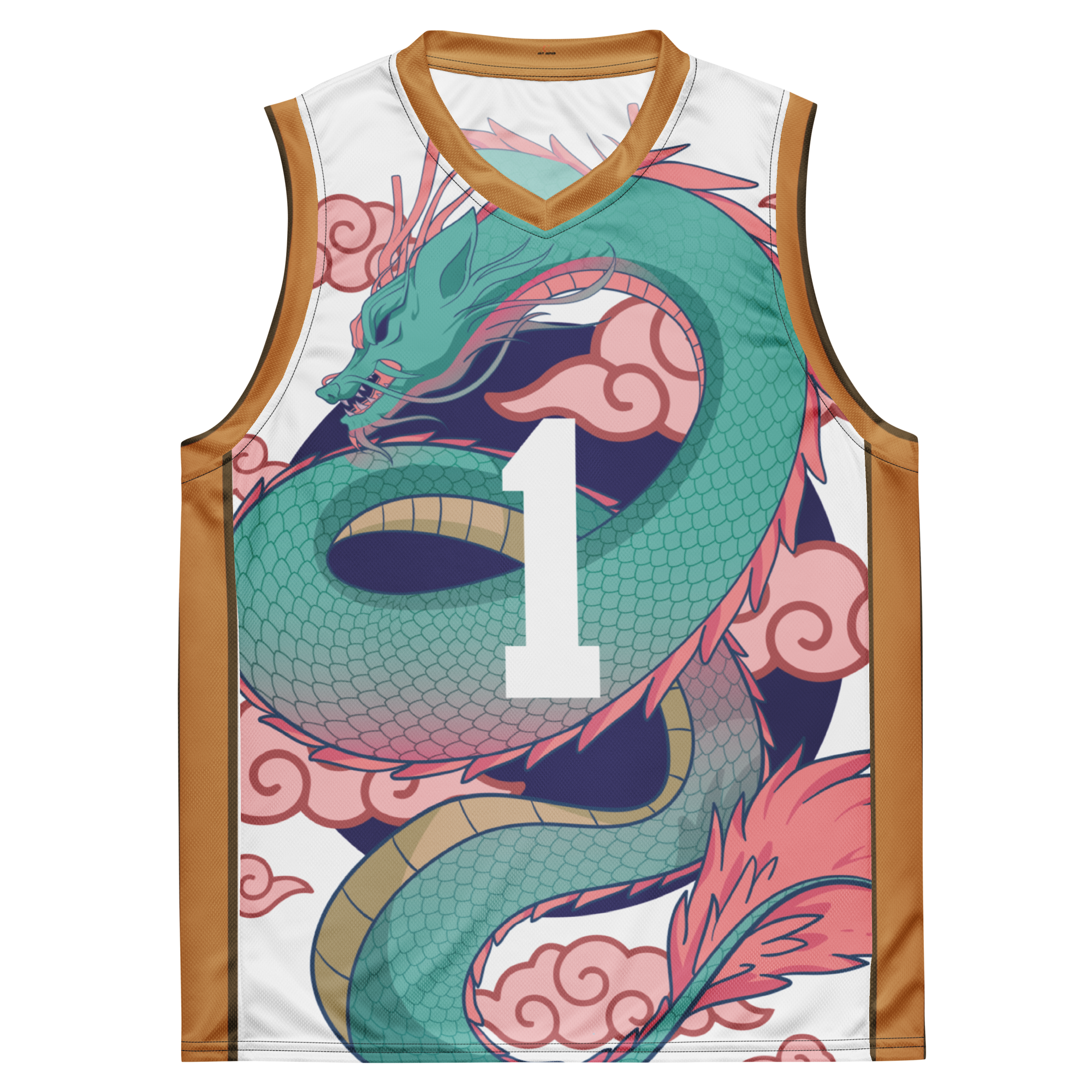
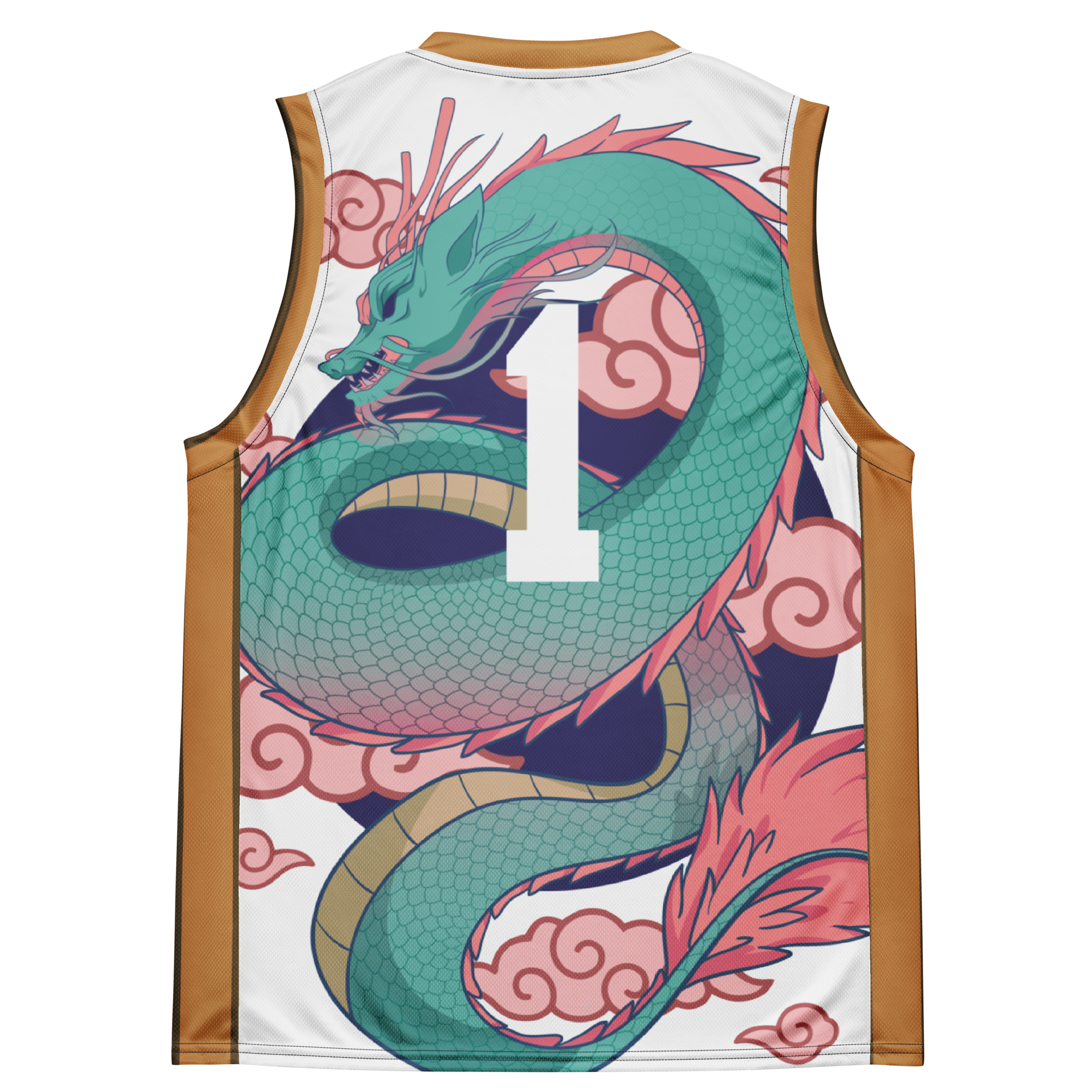
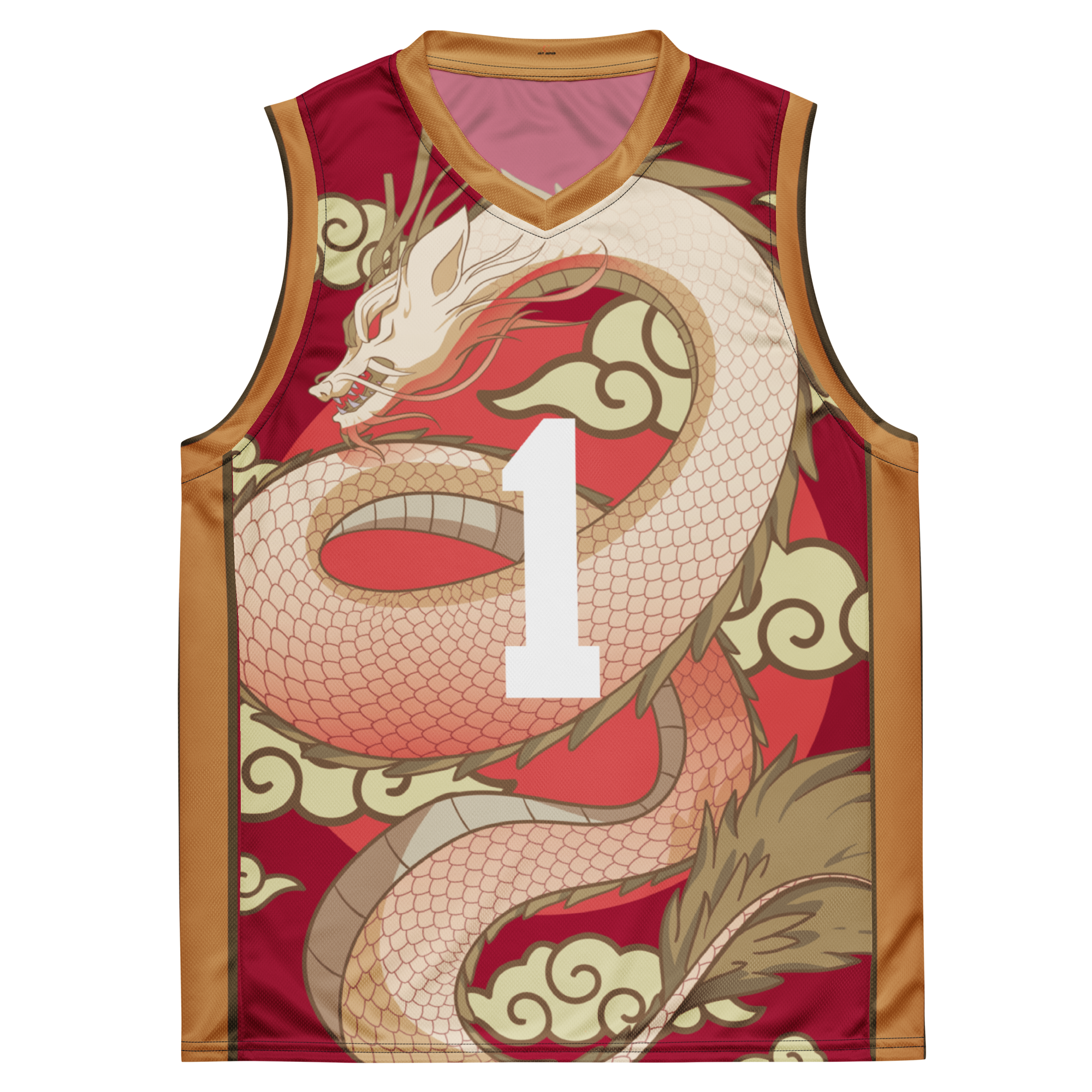
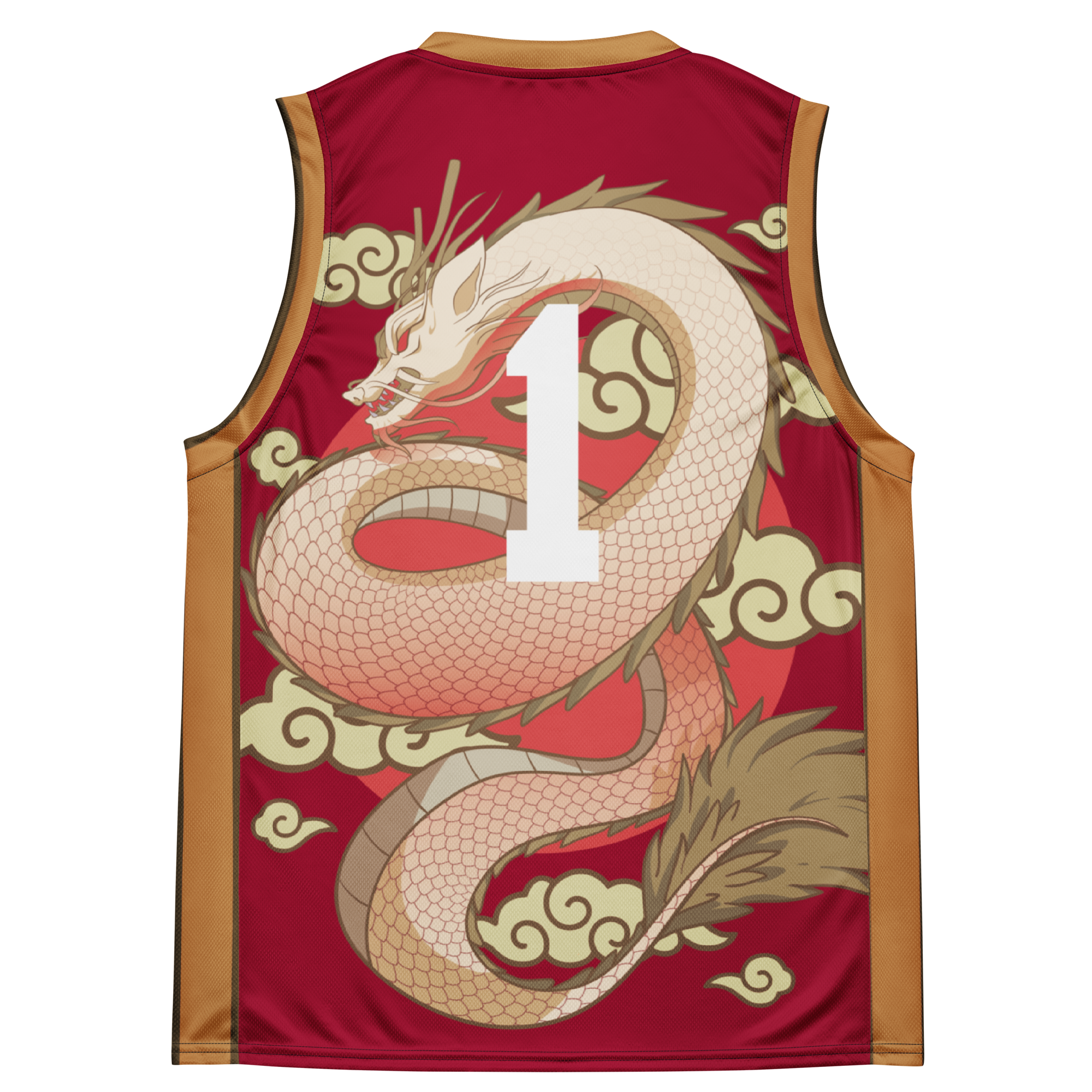

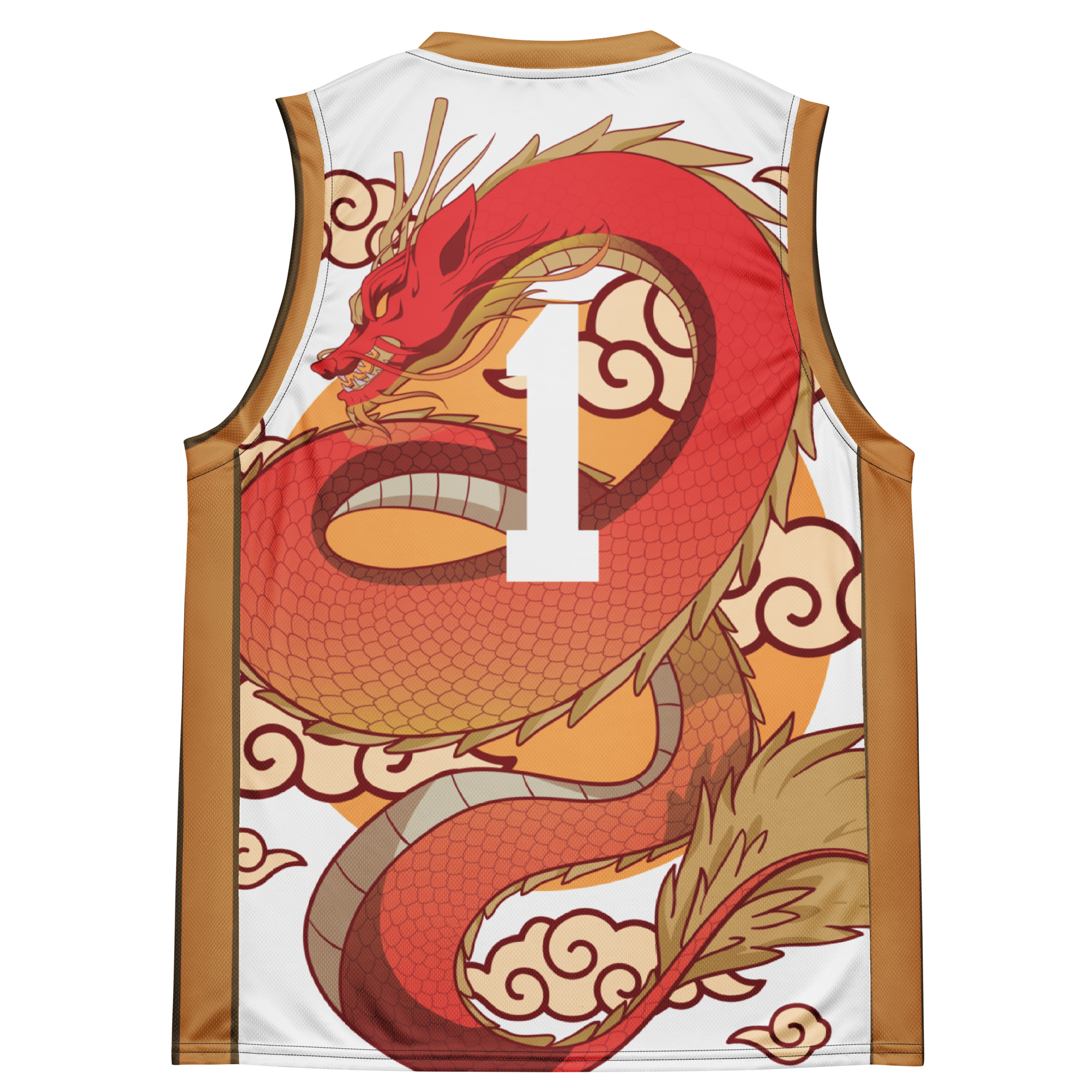










Dejar un comentario